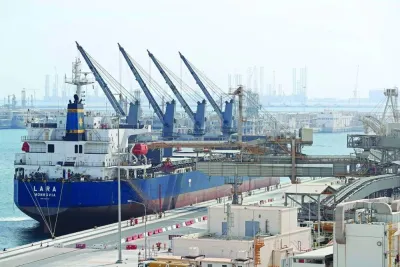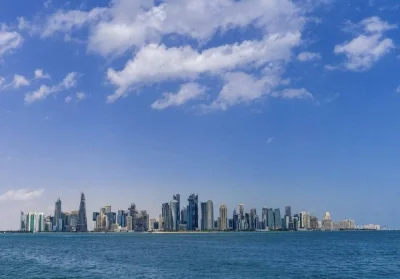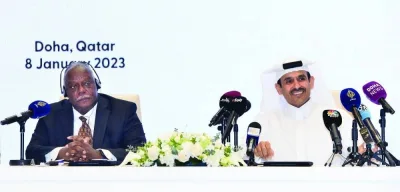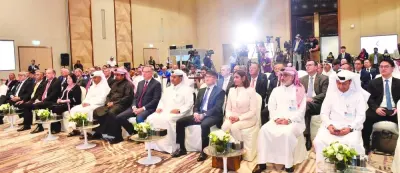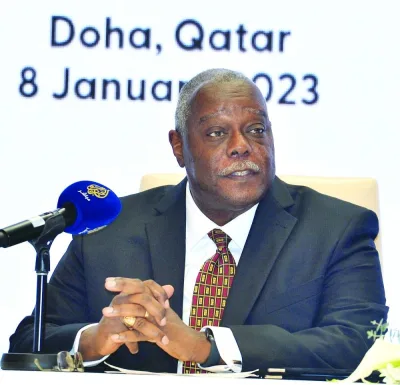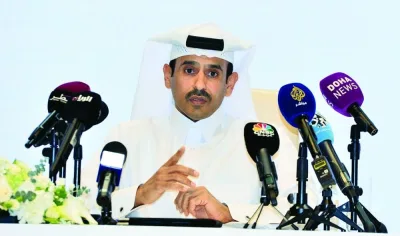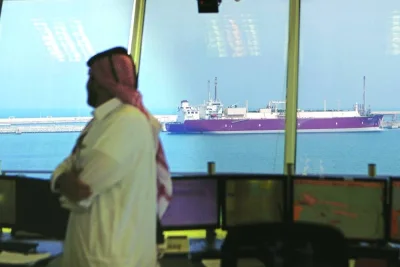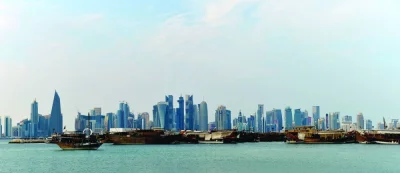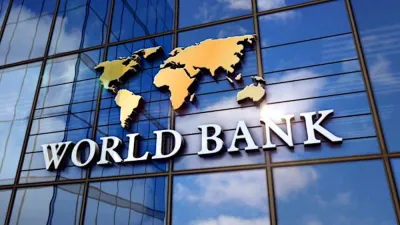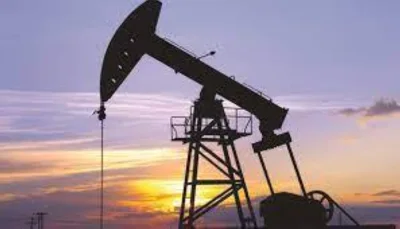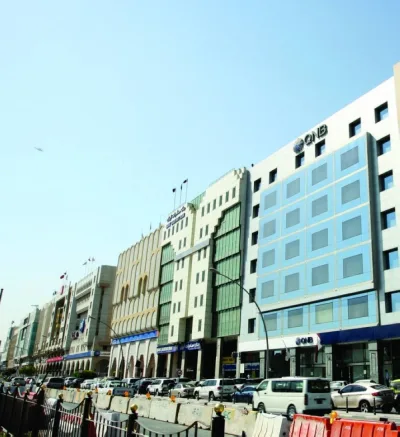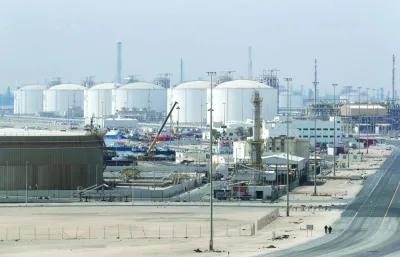Qatar’s GDP per capita is set to scale up to $111,047 in 2027 from $85,306 this year, on the back of nation’s economic growth driven by higher LNG revenues from North Field expansion, a report has shown.According to FocusEconomics, Qatar’s GDP per capita will rise to $85,573 in 2024, $94,693 in 2025 and $103,218 in 2026.The country’s GDP, FocusEconomics said, will rise to $279bn in 2027 from $223bn this year. Next year, the researcher estimates Qatar’s GDP to total $222bn, followed by $243bn (2025) and $262bn (2026).Qatar’s GDP growth is expected to be 2.6% this year and in 2024, 5% (2025), 4.6% (2026) and 4.5% (2027).“Growth will slow this year as the tailwind from the World Cup disappears, interest rates rise and external demand weakens. However, ongoing gas sector development will provide support,” the researcher noted.A long-term tourism boost from the World Cup and improved relations with Arab neighbours are upside risks, while a sharper-than-expected global downturn is a downside risk, FocusEconomics said.Qatar’s fiscal balance (as a percentage of GDP) will be 8.5 this year 6.1 (2024), 5.3 (2025) 6.7 (2026) and 6.5 (2027).Current account balance (as a percentage of GDP) will be 17.8 this year 13.6 (2024), 10.7 (2025), 14.6 (2026) and 15.9 (2027).Current account balance in dollar terms will be $39.8bn this year, $30.3bn (2024), $25.9bn (2025), $38.2bn (2026) and $44.4bn (2027).Merchandise trade balance in dollar terms will be $85.3bn this year, $81.9bn (2024), $76.7bn (2025), $85.4bn (2026) and $97.5bn (2027).FocusEconomics said the country’s pubic debt (as a percentage of GDP) has been estimated to be 39.3 this year, 38.2 (2024), 36.8 (2025), 37.6 (2026) and 35.9 (2027).Unemployment (as a percentage of active population) will remain at a meagre 0.2 until 2027, the researcher said.The non-oil private sector lost steam in Q3 2022, according to PMI data, while the oil sector was robust, with energy production rising around 8% year on year in July–August.Turning to Q4, 2022, the FIFA World Cup, which was held in November/December, should have provided a notable economic boost.“It reportedly drew 0.8mn visitors in the first two weeks alone — for comparison, Qatar saw roughly 2mn foreign visitors in the whole of 2019. This should have spurred the private services sector, although public-sector activity will have been dampened by the decision to reduce school and government office hours for the duration of the event,” FocusEconomics said.Inflation rose to 5.3% in November from 5% in October. The Qatar Central Bank hiked the lending rate by 50 basis points to 5.5% in December to match the US Federal Reserve. Inflation is expected to decline this year as commodity prices recede, interest rates rise further and the economy cools.FocusEconomics panellists see inflation averaging 3.1% in 2023, which is up 0.1 percentage points from last month’s forecast, and 2% in 2024.Last month at an interaction with Qatari media in Doha, HE the Minister of Finance Ali bin Ahmed al-Kuwari said Qatar expects to achieve a double-digit growth by 2027, driven primarily by higher LNG revenues from the North Field expansion.The North Field expansion plan includes six LNG trains that will ramp up Qatar’s liquefaction capacity from 77 mtpy to 126 mtpy by 2027.Four trains will be part of the North Field East and two trains will be part of North Field South project.Already, QatarEnergy made significant strides in realising the North Field Expansion by choosing partners this year for both North Field South (NFS) and North Field East (NFE) expansion, which is the global industry’s largest ever LNG project.

Most Read Stories
1

